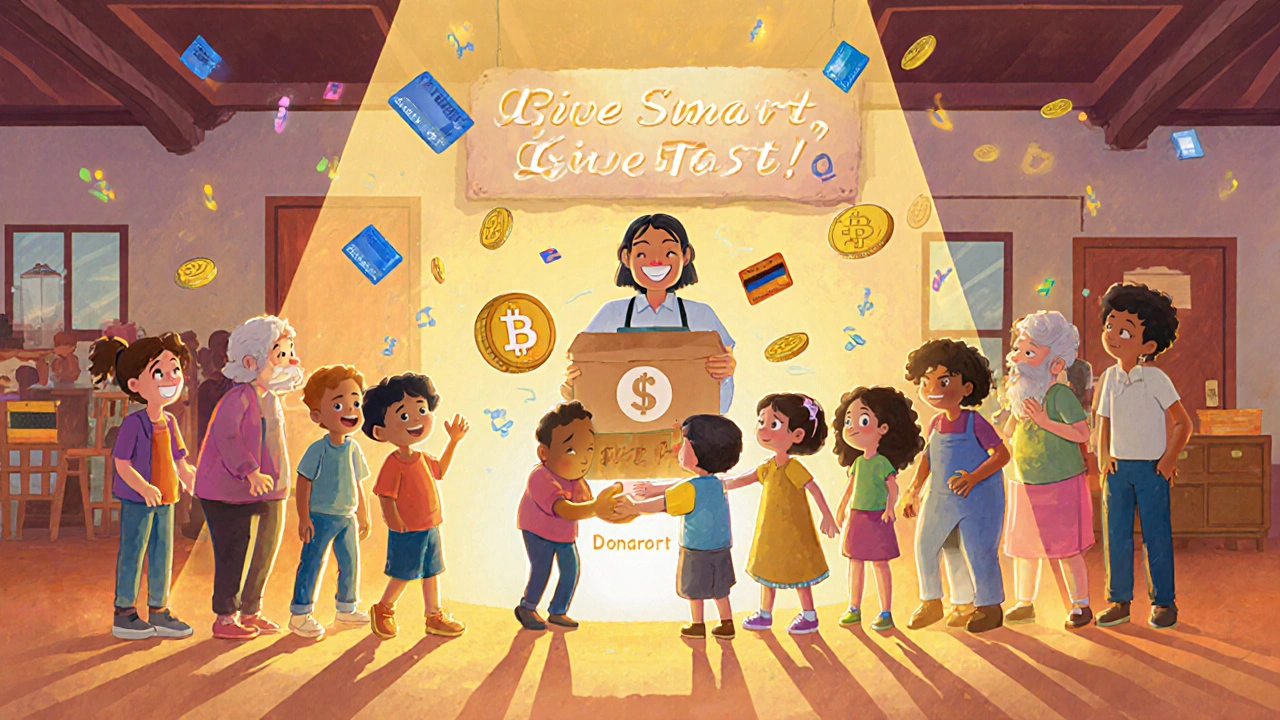Digital Donations: How Online Giving Works and Where It Fits in Modern Finance
When you send money to a nonprofit through an app, scan a QR code at a fundraiser, or tip a creator on social media, you’re taking part in digital donations, the act of transferring money online to support individuals, causes, or organizations without cash or checks. Also known as online giving, it’s no longer just about clicking a button on a website—it’s built into the way we pay, share, and connect. This isn’t charity from the 90s. Today, digital donations use the same infrastructure as peer-to-peer payments, crypto wallets, and embedded finance tools you already use every day.
Behind every digital donation is a mix of fintech philanthropy, the integration of charitable giving into digital financial platforms, and digital wallets, secure apps that store payment methods and enable instant transfers. Platforms like PayPal, Venmo, Cash App, and even crypto exchanges now let users donate directly from their balances. Nonprofits no longer need to handle credit card processing—they just need a link. And donors? They give without leaving the app they’re already using. This shift cuts overhead, speeds up funding, and makes giving feel more personal and immediate.
It’s not just about big charities anymore. Digital donations fuel everything from GoFundMe campaigns for medical bills to tipping street musicians via blockchain-based micropayments. Some platforms even let you round up your coffee purchase to donate the spare change. The rise of peer-to-peer payments, direct money transfers between individuals without banks as intermediaries has turned giving into a frictionless habit, not a chore. And with regulations tightening around financial data, newer systems are built on open banking APIs—not login-sharing screen scrapers—making them safer and more transparent than ever.
What you’ll find in this collection aren’t just stories of generosity. They’re real-world breakdowns of how digital donations connect to broader finance trends: how they reduce costs for nonprofits, how they’re affected by payment processing fees, how they interact with tax rules, and why some platforms succeed while others fade. You’ll see how tools designed for buying coffee are now funding disaster relief. How data-driven fundraising outperforms traditional mail campaigns. And why the next wave of giving won’t come from donation forms—but from embedded features inside the apps you already trust.



